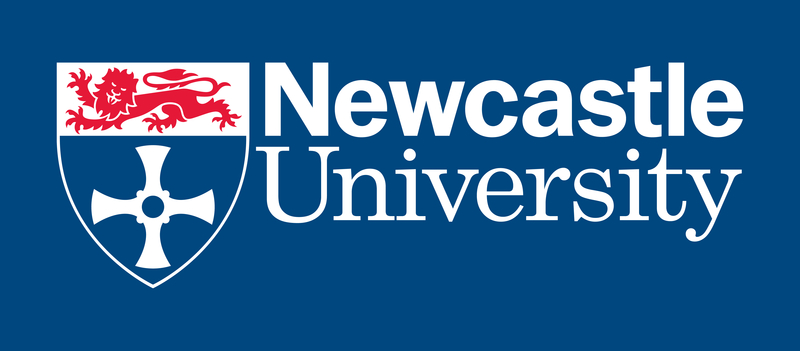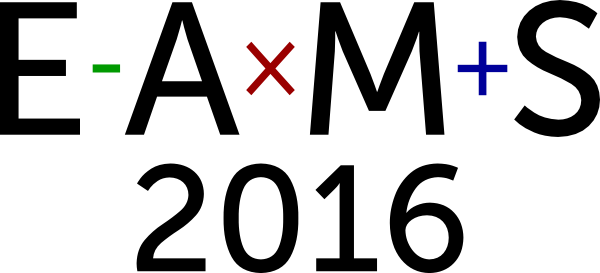Proctoring to improve teaching practice
Digital assessment can improve efficacy of assessment especially in the large groups of students. On the other hand, when assessments are conducted on the internet, students can easily cheat. To make summative digital assessments safe universities conduct strong restrictions on the resources of the students during an exam. Special assessment computer rooms are built that assure high safety and offer professional computer support for organization of an online exam. Only the material, webpages and software that are explicitly set on the white list is possible to use during an assessment. This policy to assure safety of assessments thus obstruct authentic problem solving where open resources are needed and it makes it impossible to conduct assessments elsewhere than in the special designed assessment computer rooms while the capacity of assessment computer rooms is limited.
We present three scenarios from the science and mathematics teaching practice at the University of Amsterdam in which we have used proctoring to create flexibility of our online exams that we needed:
- Operating Systems, first year course in the bachelor Computer Science, where proctoring enabled more authentic exams by allowing open resources and where exam could be taken in a regular computer room by observing computer screens on distance,
- Numerical Recipes Project, second year course in the bachelor Computer Science that made it possible to organize assessment in a regular lecture room using own laptops (BYOD) used also during the whole course
- A fully online programme Pre-master Information Studies in which also digital assessment is at home anywhere in the world. The student is supervised by a video camera and a live proctor online.
Proctoring is not just a different way to control students using computers, it makes it possible to improve the quality of learning process in which assessment is an integral part.
A paper following this talk appeared in the EAMS 2016 special issue of MSOR Connections.



